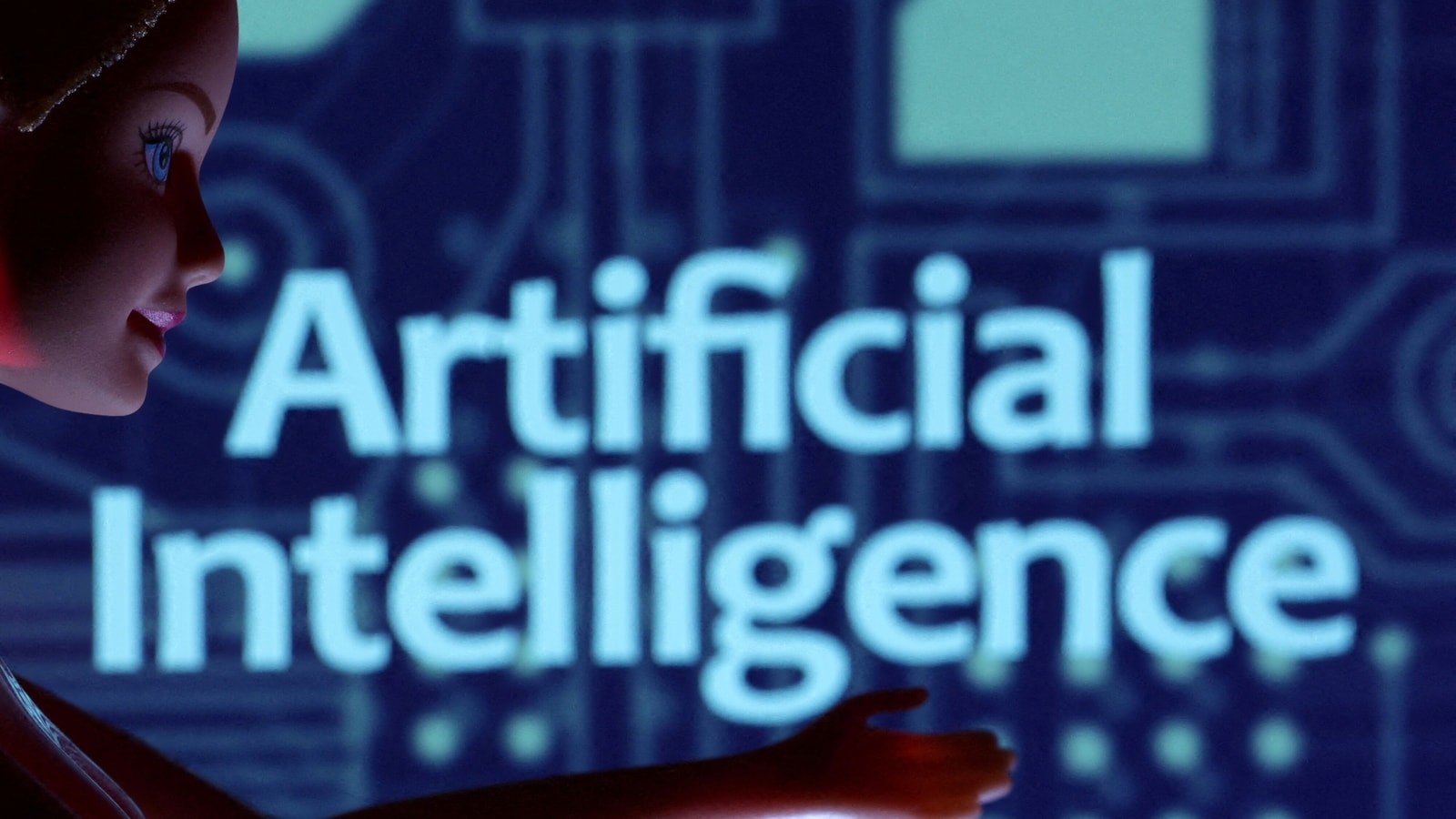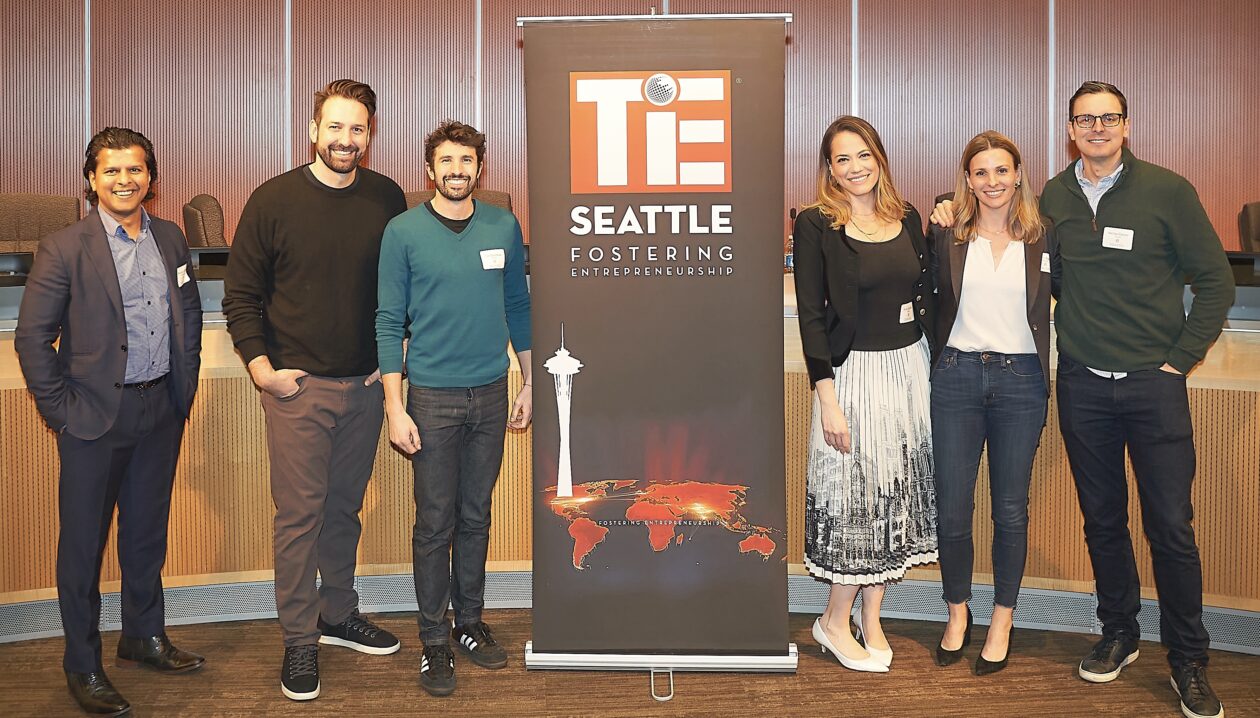The novelist Neal Stephenson’s ability to foresee future trends is truly remarkable. In his novel “The Diamond Age” (1995), he presents a world that is highly advanced in technology, featuring ubiquitous nanotechnology and a concept known as “P.I.” which stands for pseudo-intelligence. Despite their technological prowess, the characters in the novel, Hackworth and Finkle-McGraw, choose to adopt a neo-Victorian lifestyle as a response to the breakdown of traditional power structures and the emergence of tribal factions known as “phyles.”
Stephenson’s work serves as a cautionary tale for those enthralled by the rapid advancements in generative AI. While technological progress is undeniable, history continues to coexist with cutting-edge innovations, reminding us that the past and future are intricately intertwined.
Since the launch of ChatGPT by OpenAI on November 30, 2022, the world has witnessed a surge in AI adoption. ChatGPT quickly amassed a large user base, with subsequent releases like Sora showcasing the capability to generate high-quality animations based on user input. These achievements are made possible by deep-learning systems with an ever-increasing number of parameters, such as GPT-4’s training model requiring over a trillion parameters. The computational resources needed to train these large language models are growing exponentially, presenting a challenge for sustainable progress in AI development.
The questions surrounding the future of AI delve into various aspects, including the limitations of Moore’s Law, the key players profiting from AI technologies, the possibility of an AI bubble, the pursuit of artificial general intelligence (AGI), the impact of AI on employment, and the potential resistance to AI adoption. These queries reflect the complex interplay between technological innovation, economic considerations, and societal implications.
As we navigate the evolving landscape of AI, it is essential to consider not only the technological advancements but also the broader implications for society, economy, and governance. The intersection of AI with various sectors will continue to shape our future, prompting discussions on regulation, ethics, and the equitable distribution of benefits and risks associated with AI technologies.










